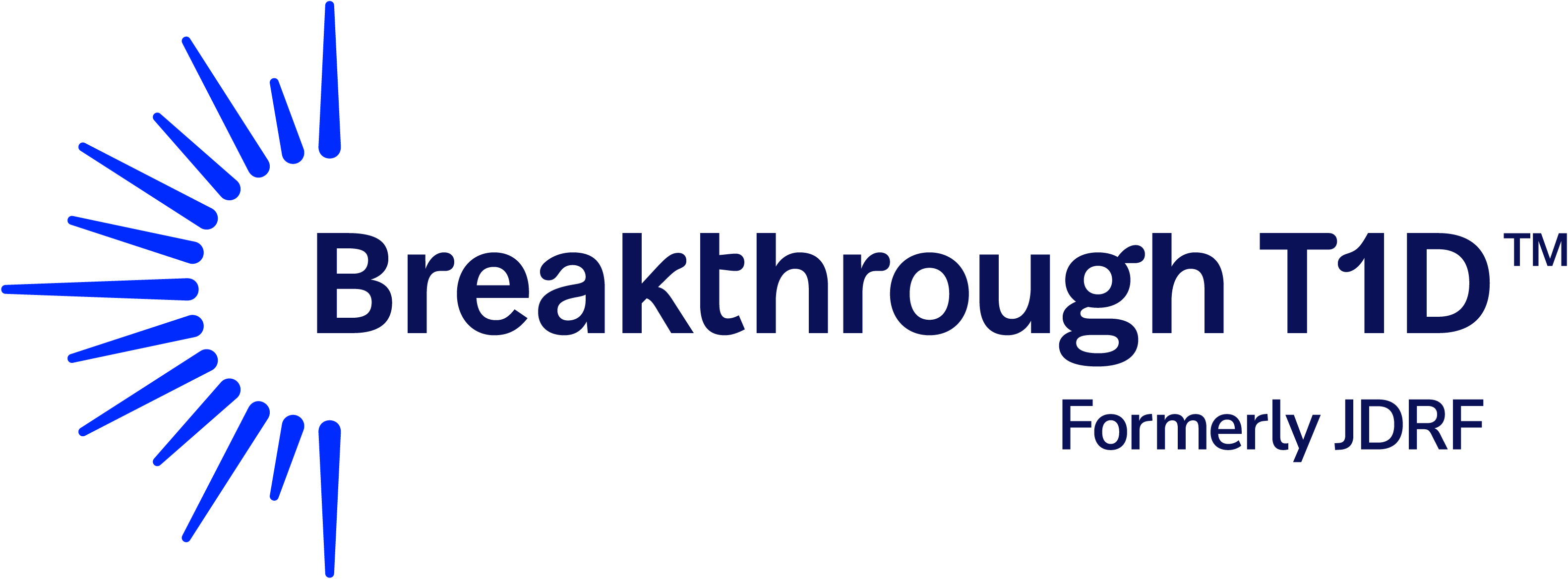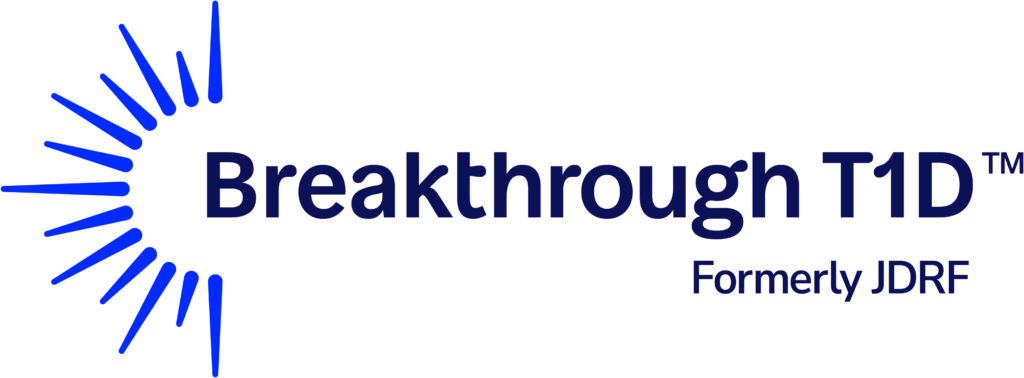Common Mechanisms of Autoimmunity
Novel Approaches for Therapeutic Insights
Breakthrough T1D (formerly JDRF), the Lupus Research Alliance, and the National Multiple Sclerosis Society have joined forces to identify common mechanisms of autoimmunity. These three leading autoimmune disease organizations are once again jointly funding research projects looking at common underlying disease mechanisms.
LEARN MORE
ABOUT THE GRANTS
Breakthrough T1D, the Lupus Research Alliance, and the National Multiple Sclerosis Society joined forces to accelerate research and discovery in autoimmunity and are proud to launch the 2025 Common Mechanisms in Autoimmunity grants.
Approximately 10% of the population has been diagnosed with an autoimmune disease (13% of women and 7% of men). While disease-specific research organizations study therapeutic strategies related to their autoimmune disease of interest (protection or elimination/blocking of target cell/tissue, stress responses, regenerative medicine), there are common approaches each is investigating to identify risk and rebalance the immune system in the context of autoimmunity:
- Genetic Susceptibility
- Autoantibody Activity
- Defective Negative Selection
- Enhanced Effector Activity
- Reduced Regulatory Capacity
- Inflammatory Signaling
- Environmental Triggers
25% of individuals with an autoimmune disease will likely develop a second autoimmune disease.
FULL GRANT DETAILS
Purpose
Breakthrough T1D, the Lupus Research Alliance, and the National Multiple Sclerosis Society will solicit grant proposals from investigators across autoimmune and other relevant fields to advance the understanding of autoimmunity and to obtain more specific insights into commonalities and differences of immune pathways that govern these disease processes.
The incomplete knowledge of immune networks, pathways, disease pathogenesis and heterogeneity across multiple autoimmune diseases remains a challenge towards achieving optimal therapies. This grant program invites innovative ideas that address needs across multiple autoimmune diseases in novel ways that may allow us to make faster progress together.
Objective
The overall objective of this program is to develop novel insight into the common mechanisms driving autoimmune diseases and accelerate the advancement of novel therapeutics strategies.
Scope
- Bring together investigators across autoimmune fields to advance the overall understanding of autoimmunity.
- Obtain more specific insights into commonalities and differences of immune pathways that govern disease processes.
- Fill gaps in the knowledge of immune networks, pathways, disease pathogenesis and heterogeneity across multiple autoimmune diseases to promote advancement towards achieving optimal therapies.
- Support the discovery and development of pan- or multi-autoimmune therapeutic strategies.
Projects selected for joint funding represent innovative ideas that address needs across multiple autoimmune diseases in novel ways that allow us to accelerate progress together.
Background
Autoimmune diseases are chronic disorders in which the immune system produces an inappropriate response against its own cells, tissues and/or organs that results in inflammation and damage. An incomplete knowledge of disease pathogenesis and heterogeneity among patients is very common in many autoimmune diseases, representing a real challenge that impacts the effectiveness of clinical trial design and the ability to predict whether a person will respond to a given treatment.
Grant Mechanism
Insight Award:
- 1-year pilot grant to investigate a mechanism underlying autoimmune disease, identify novel targets or mechanisms, or provide proof of concept for an innovative therapeutic strategy.
- Proposals considered must address a gap or need relevant to multiple autoimmune diseases and must be relevant toward at least two of the following:
- Multiple Sclerosis
- Systemic Lupus Erythematosus (or one of its manifestations)
- Type 1 Diabetes
- The goal of the Insight Award mechanism is to provide proof-of-concept data for novel insights into autoimmunity, and to serve as a vehicle by which to provide the rationale for assembling an Accelerator Award project team.
- First announcement of funding opportunity: Fall 2024
- Funding amount: Up to $150K (includes 10% indirect)
PAST AWARD RECIPIENTS
Breakthrough T1D-Lupus Research Alliance Co-Funded Research Awards
Identification of pathogenic pathways through genomic engineering to identify shared genetic effects on people with T1D, SLE, and MS

Thomas Pieber, M.D.
University of Graz, Austria
COMET common mechanisms in autoimmunity
3D and single-cell epigenome technologies for autoimmune disease
Dr. Satpathy will use the cutting-edge technology that can obtain genomic information on the status of each gene in an individual cell, allowing the detection of molecular differences that could be obscured in a pool of cells. Applying this approach on immune cells from healthy individuals and people with autoimmune diseases—including type 1 diabetes, systemic lupus erythematous, and multiple sclerosis—he aims to identify the genes and pathways associated uniquely with each disease and shared between the diseases. He anticipates that these studies will lead to a single-cell atlas of autoimmune disease-associated genetic factors, leading to novel insights into the shared and disease-specific mechanisms governing each disease and propose new strategies for therapeutic intervention.

Alexandra-Chloé Villani, Ph.D.
Single-cell genomics dissection of common immune networks driving autoimmunity
NR4A family as markers and mediators of B cell tolerance across autoimmune diseases: From antigen discovery to treatment
Julie Zikherman, M.D., Samuel Pleasure, M.D., Ph.D., Michael Wilson, M.D., Judith Ashouri, M.D., Joseph Derisi, Ph.D. (co-investigators)
University of California, San Francisco
Breakthrough T1D-National MS Society Co-Funded Research Awards
Linking multiple disease compartments in T1D and multiple sclerosis
Analysis of antigen specific T cells in response to immune therapies in MS and T1D
Lupus Research Alliance-Funded Research Awards
Dissecting the genetics and host interactions of EBV-related autoimmunity
ABOUT AUTOIMMUNE DISEASES
Autoimmune diseases are chronic disorders in which the immune system produces an inappropriate response against its own cells, tissues and/or organs that results in inflammation and damage. Approximately 24 million Americans suffer from the more than 80 autoimmune diseases. Some autoimmune diseases target one area of the body; for instance, type 1 diabetes (T1D) affects the pancreas while multiple sclerosis damages the nervous system. In contrast, systemic lupus erythematosus can affect the entire body, attacking virtually any organ or tissue.
Insufficient knowledge of how these diseases progress as well as their heterogeneity, that is, how the disease manifests differently in people—is a common challenge among type 1 diabetes (T1D), lupus and multiple sclerosis that this grant program aims to overcome. The 2024 awardees will examine possible common mechanisms that could cause or contribute to the development of at least two of the three autoimmune diseases. Ultimately, the goal is to find novel biological targets and strategies for therapeutic development to treat the diseases
About the Partnering Organizations
As the leading global type 1 diabetes research and advocacy organization, Breakthrough T1D helps make everyday life with type 1 diabetes better while driving toward cures. We do this by investing in the most promising research, advocating for progress by working with government to address issues that impact the T1D community, and helping educate and empower individuals facing this condition.











